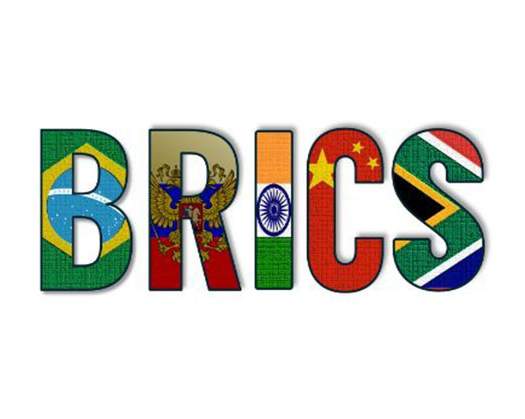New Delhi: The rising power of nations like India and China is transforming the worldwide economic scene, moving the emphasis from the G7 countries to the BRICS alliance, as noted in a recent study by EY India.
This study points out a major change in the way global trade is conducted, with the BRICS+ alliance quickly increasing its involvement in both global exports and imports.
"At the heart of this change are India and China, two of the leading members of the BRICS+ alliance. In 2023, they were ranked third and first globally in terms of purchasing power parity (PPP), and it is expected that they will maintain these rankings by 2030," the study mentioned.
Furthermore, the study highlighted that from 2000 to 2023, the BRICS+ alliance's portion of global merchandise exports rose from 10.7 per cent to 23.3 per cent, showing an increase of 12.6 percentage points. Meanwhile, the G7's portion decreased from 45.1 per cent to 28.9 per cent.
The remaining countries saw a slight increase in their share, from 44.2 per cent to 47.9 per cent. This development underscores the growing influence of BRICS+ countries in the realm of global trade.
"Given the current trends and the possibility of new strong members joining the BRICS+ alliance, it is likely that the BRICS+ alliance will surpass the G7 in global merchandise exports by 2026," DK Srivastava, Chief Policy Advisor at EY India and a member of the 16th Finance Commission Advisory Council, stated.
According to the report, China has been instrumental in this shift, with its role in BRICS+ exports increasing from 36.1 per cent in 2000 to 62.5 per cent in 2023. India has also made progress, contributing 7.9 per cent to BRICS+ exports this year.
The report also emphasized the growing significance of high-tech exports from BRICS+ countries. The alliance's share of global high-tech exports has seen a significant rise, from 5.0 per cent in 2000 to 32.8 per cent in 2022. This development indicates a shift towards BRICS+ countries focusing more on technology-intensive products, positioning them as key players in the high-tech sector.
Moreover, the report noted a decline in the US dollar's role as a global reserve currency, dropping from 71.5 per cent in 2000 to 58.2 per cent in 2024, suggesting a move towards a more diversified global currency system.












